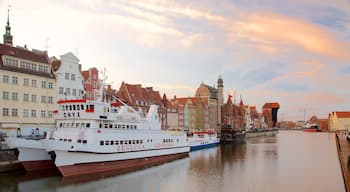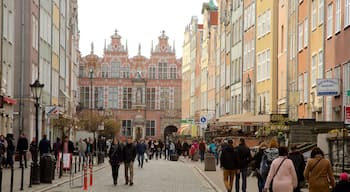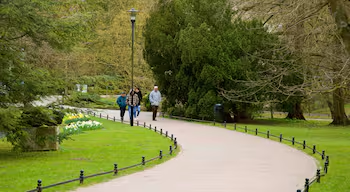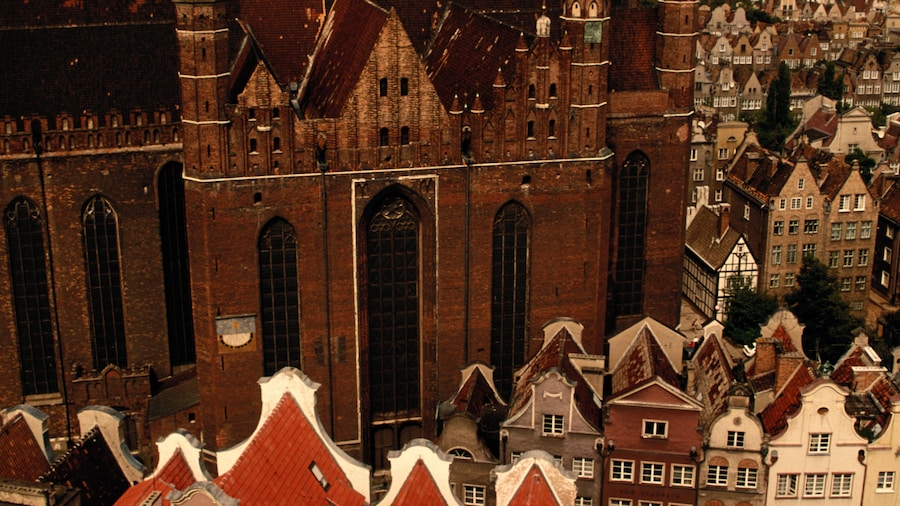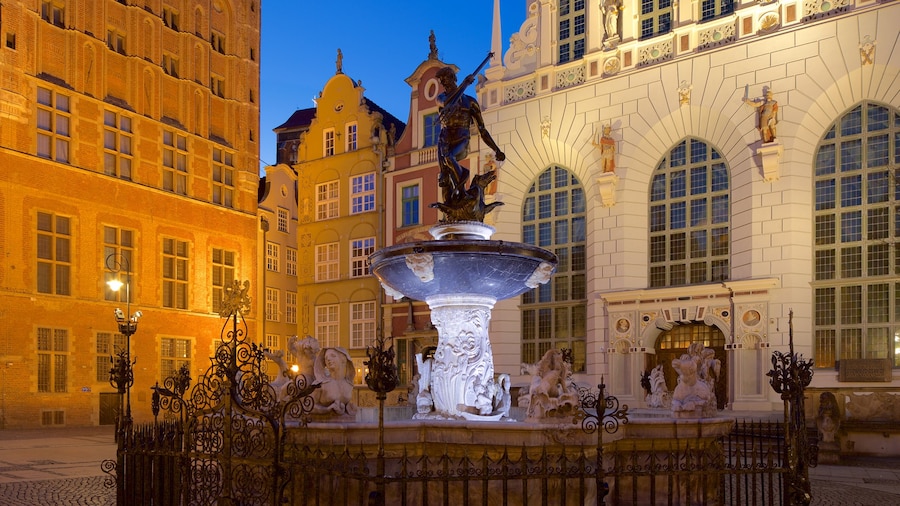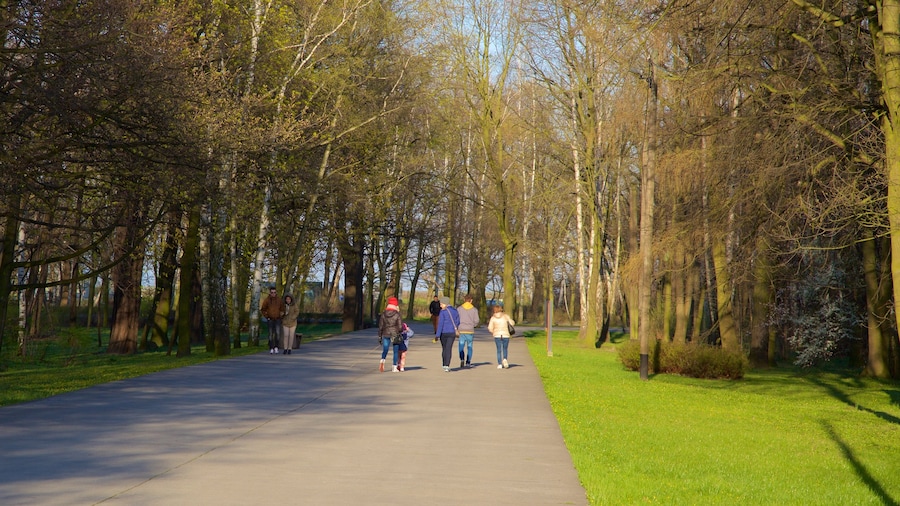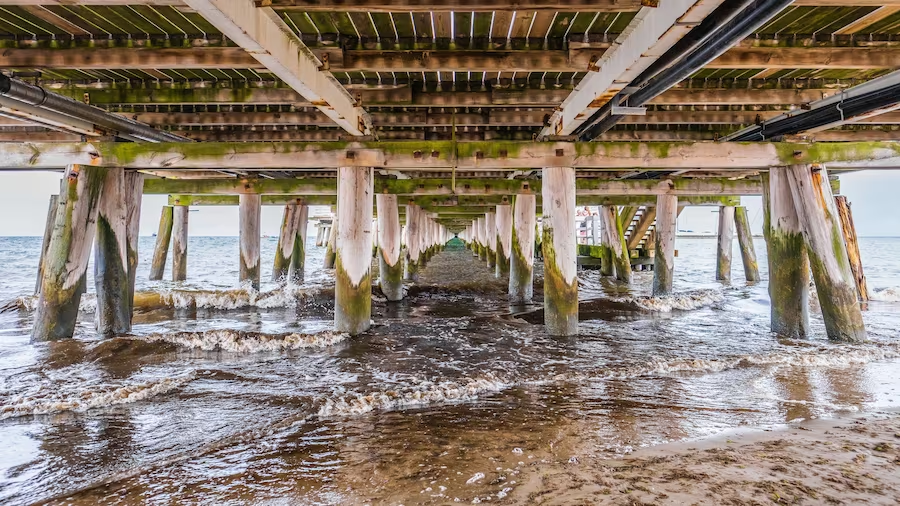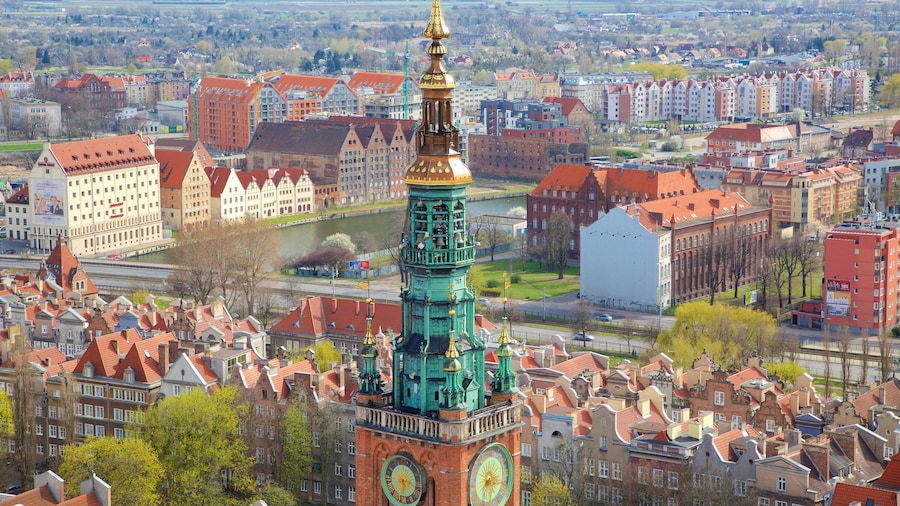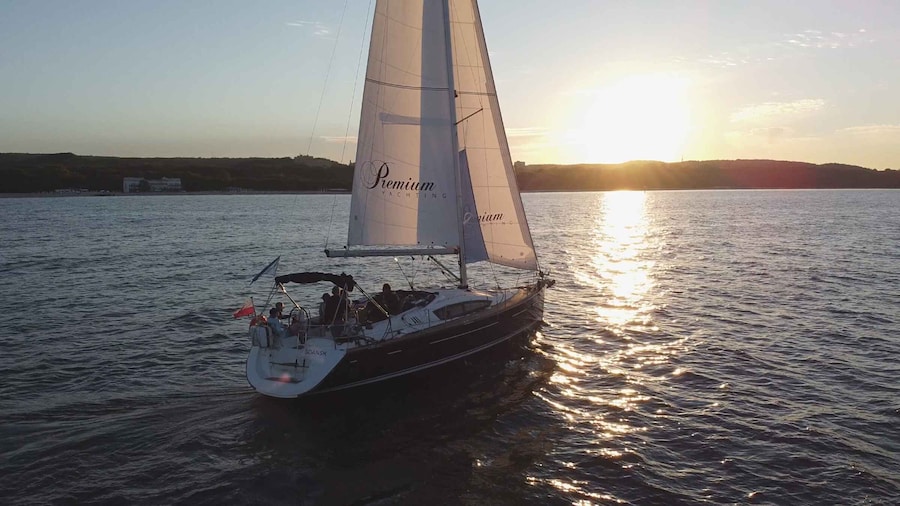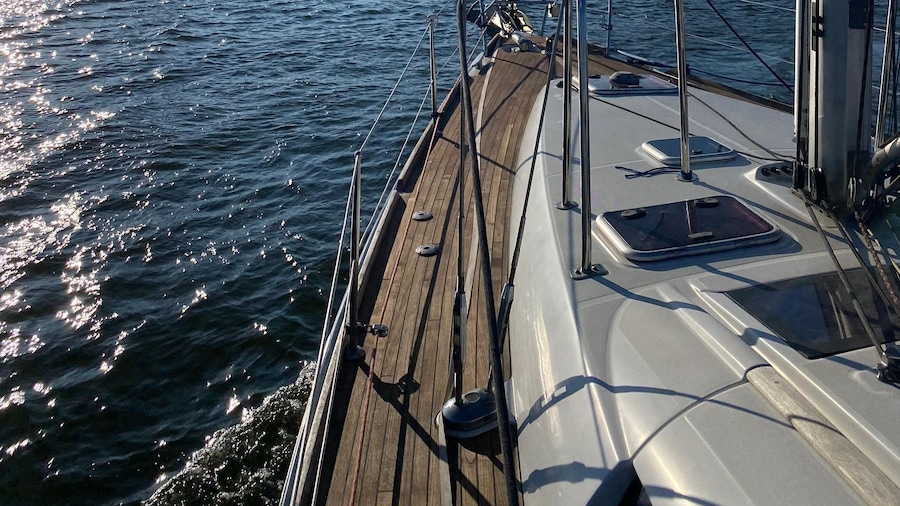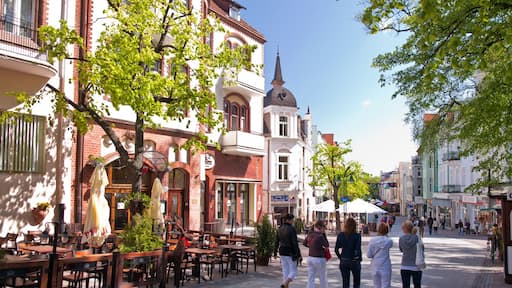Explore medieval streets lined with narrow townhouses in this Polish port city, which has been shaped by centuries of maritime trade and a pivotal role in World War II.
Gdańsk was catapulted onto the world stage as the first battlefront of World War II. Now mostly reconstructed, this port city today is known for its quaint cobblestone streets, plazas and cafés.
Tour the Old Town for a glimpse into Gdańsk’s medieval past. Each block is crammed with narrow, red-roofed townhouses. Walk along the plazas and cobblestone streets and look for the whimsical gutter spouts, which often resemble dragons.
The Old Town also features Gdańsk’s landmark buildings. Walk north from Dluga Street along the Motlawa River to find the mammoth Gdańsk Crane. Built in the 14th century, this enormous cargo-moving apparatus was the most powerful crane in medieval Europe. Follow Dluga Street west to reach the majestic Golden Gate, which was originally built as one of the city gates in the early 1600s. While in Old Town, you can’t miss St. Mary’s Church it dominates the Gdańsk skyline. Climb the church tower for aerial views of the city.
Outside of the medieval city centre, Gdańsk bears marks of its more recent history. The Westerplatte, a peninsula at the very north of the city, is where Hitler began his invasion of Poland. The epic battle that ensued was the first of World War II. See the ruins of the barracks and the towering memorial to the 180 Polish defenders who for seven days held off 3,500 German attackers.
In summer, take a daytrip by car or bus to Krynika Morska. This beach resort town an hour east of Gdańsk lays on a thin spit of land between the Baltic Sea and the vast Vistula Lagoon. Sunbathe on the beaches and walk along the forested paths that offer panoramic views of the Gdańsk Bay.
Gdańsk is located on Poland’s northern coastline. Arrive by air or road or take the scenic four-hour train ride from Warsaw. Since the main attractions in Gdańsk are located in a small area a car is unnecessary but can be helpful for daytrips into the countryside.





